-

SOTW #21 – First Lighting of the Forge
First lighting of the newly rebuilt charcoal forge in the island kajiba. The first operation was to heat a tanto tang for stamping. Because it had already undergone yaki-ire, the blade had to be kept cool during heating to protect the temper. watch extended version | island forge kajiba project
-
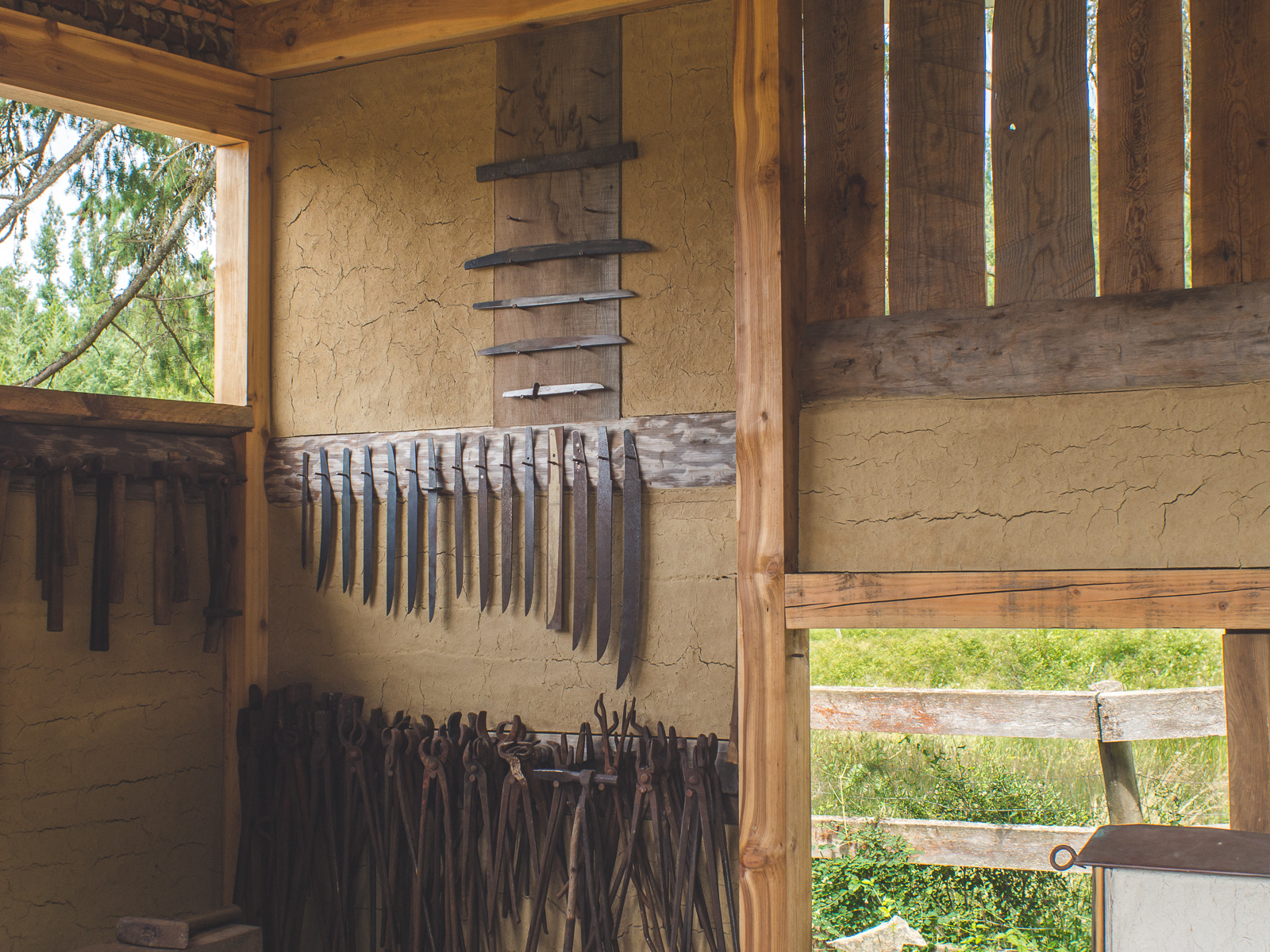
Island Forge: Part 7 – Kajiba Tour
This series of photo essays will document the preparation, construction, and set up of a simple swordsmith style kajiba (鍛冶場, forge building) from the ground up. The main inspiration for aesthetic, form, and technique is the humble Japanese inaka naya (納屋) style of a century ago. Swordsmith Forge The centerpiece of the kajiba is the…
-

Installing the Higuchi (tuyere)
Installing/repairing the higuchi (tuyere), the point where the air enters the forge and temperatures are very high. In this case the fire clay to form the tuyere and fit it to the brick construction Japanese swordsmith forge is a traditional brasque recipe consisting of 6:2 charcoal powder/fines to natural clay, mixed with just enough water…
-

Island Forge: Part 6 – Interior Walls & Shutters
This series of photo essays will document the preparation, construction, and set up of a simple swordsmith style kajiba (鍛冶場, forge building) from the ground up. The main inspiration for aesthetic, form, and technique is the humble Japanese inaka naya (納屋) style of a century ago. Earthen Walls The interior walls are arakabe (荒壁), a…
-

Can we just take a moment?
Let’s just take a moment, shall we? Take it. Taken. Done. Sights and sounds featuring stones, moss, rain, bamboo, birds, cypress, and a frog. This area was a muddy thistle patch three days ago. more of the island forge kajiba project
-

Island Forge: Part 5 – Tsuchikabe
This series of photo essays will document the preparation, construction, and set up of a simple swordsmith style kajiba (鍛冶場, forge building) from the ground up. The main inspiration for aesthetic, form, and technique is the humble Japanese inaka naya (納屋) style of a century ago. Earthen Plaster The upper sections of the walls are…
-

Island Forge: Part 4 – Yakisugi
This series of photo essays will document the preparation, construction, and set up of a simple swordsmith style kajiba (鍛冶場, forge building) from the ground up. The main inspiration for aesthetic, form, and technique is the humble Japanese inaka naya (納屋) style of a century ago. Sorting & Charring The siding for the walls is…
-
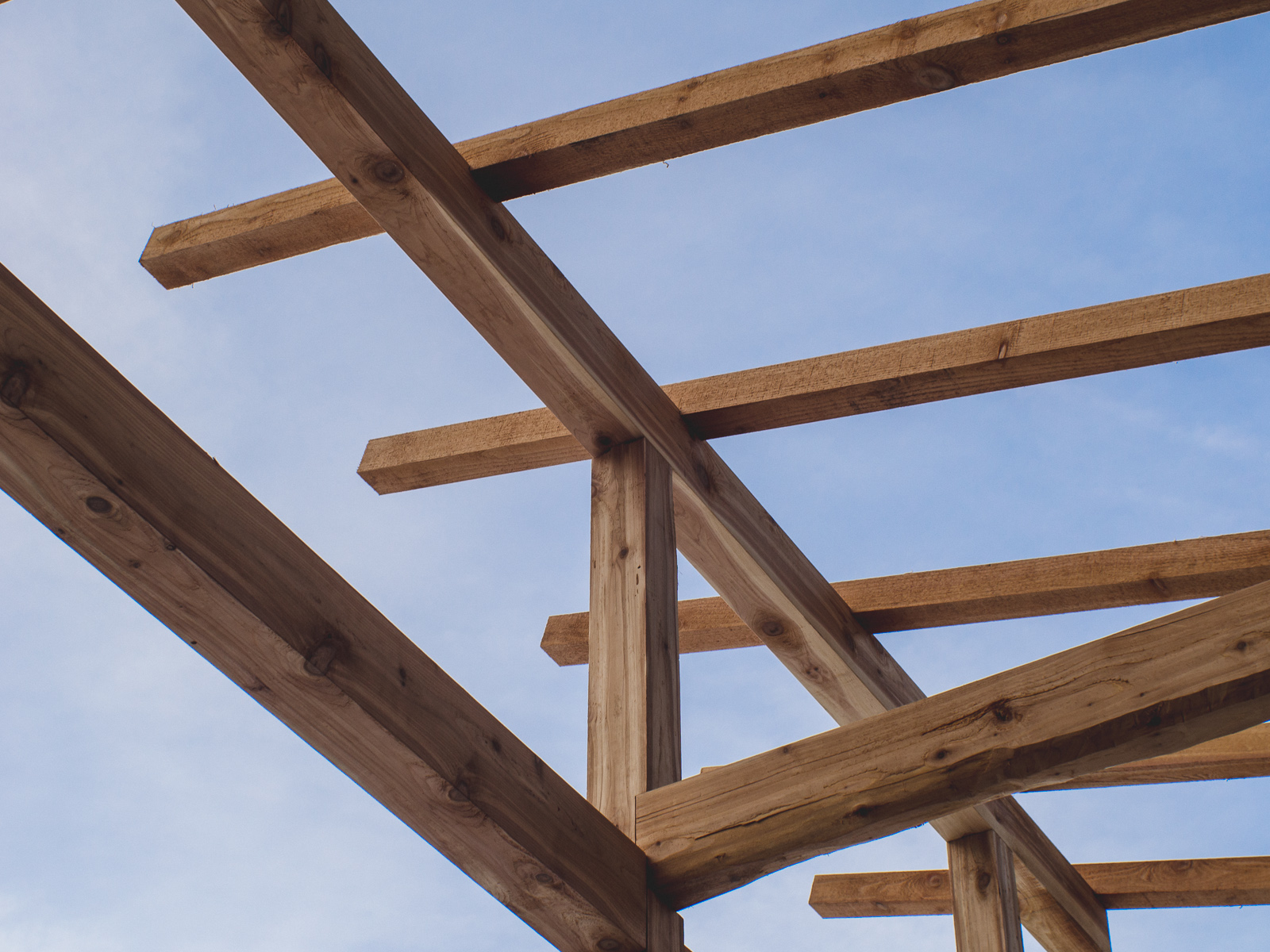
Island Forge: Part 3 – Roof
This series of photo essays will document the preparation, construction, and set up of a simple swordsmith style kajiba (鍛冶場, forge building) from the ground up. The main inspiration for aesthetic, form, and technique is the humble Japanese inaka farm building style of a century ago. Framing & Sheeting The roof was assembled on the…
-
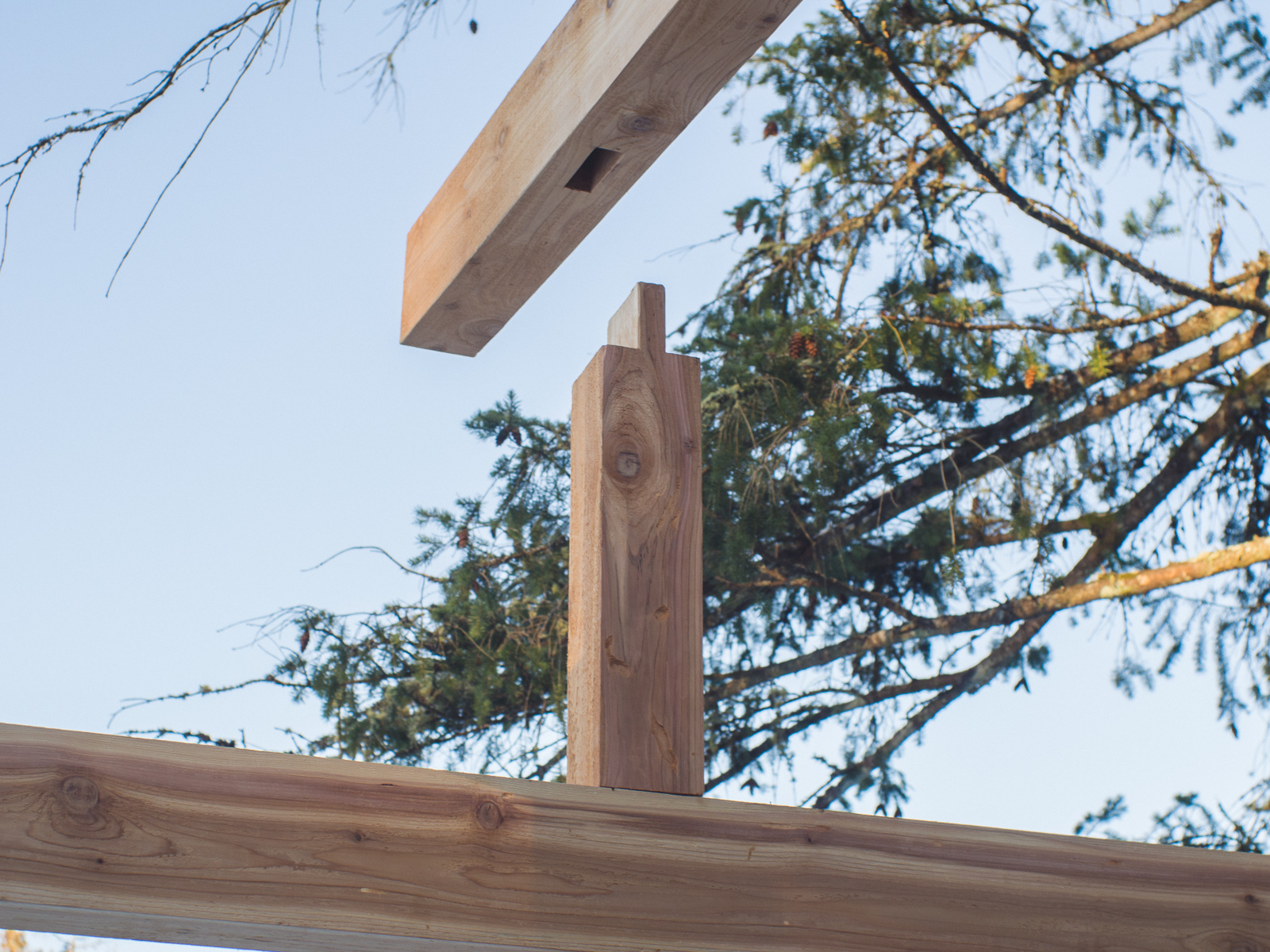
Island Forge: Part 2 – Timber Frame
This series of photo essays will document the preparation, construction, and set up of a simple swordsmith style kajiba (鍛冶場, forge building) from the ground up. The main inspiration for aesthetic, form, and technique is the humble Japanese inaka naya (納屋) style of a century ago. Joinery The Western Red Cedar timbers were milled locally…
-

Island Forge: Part 1 – Foundation
This series of photo essays will document the preparation, construction, and set up of a simple swordsmith style kajiba (鍛冶場, forge building) from the ground up. The main inspiration for aesthetic, form, and technique is the humble Japanese inaka naya (納屋) building style of a century ago. Foundation The location for the kajiba slopes down…
-

Building Simple Charcoal Forges
Building two examples of quick and simple sideblast charcoal forges with found and reclaimed materials to demonstrate that lack of equipment and materials should not be a major obstacle. Ways to improve and expand on these concepts include: mixing copious amounts of chopped straw or charcoal powder (6:2) into the clay to make it refractory,…
-
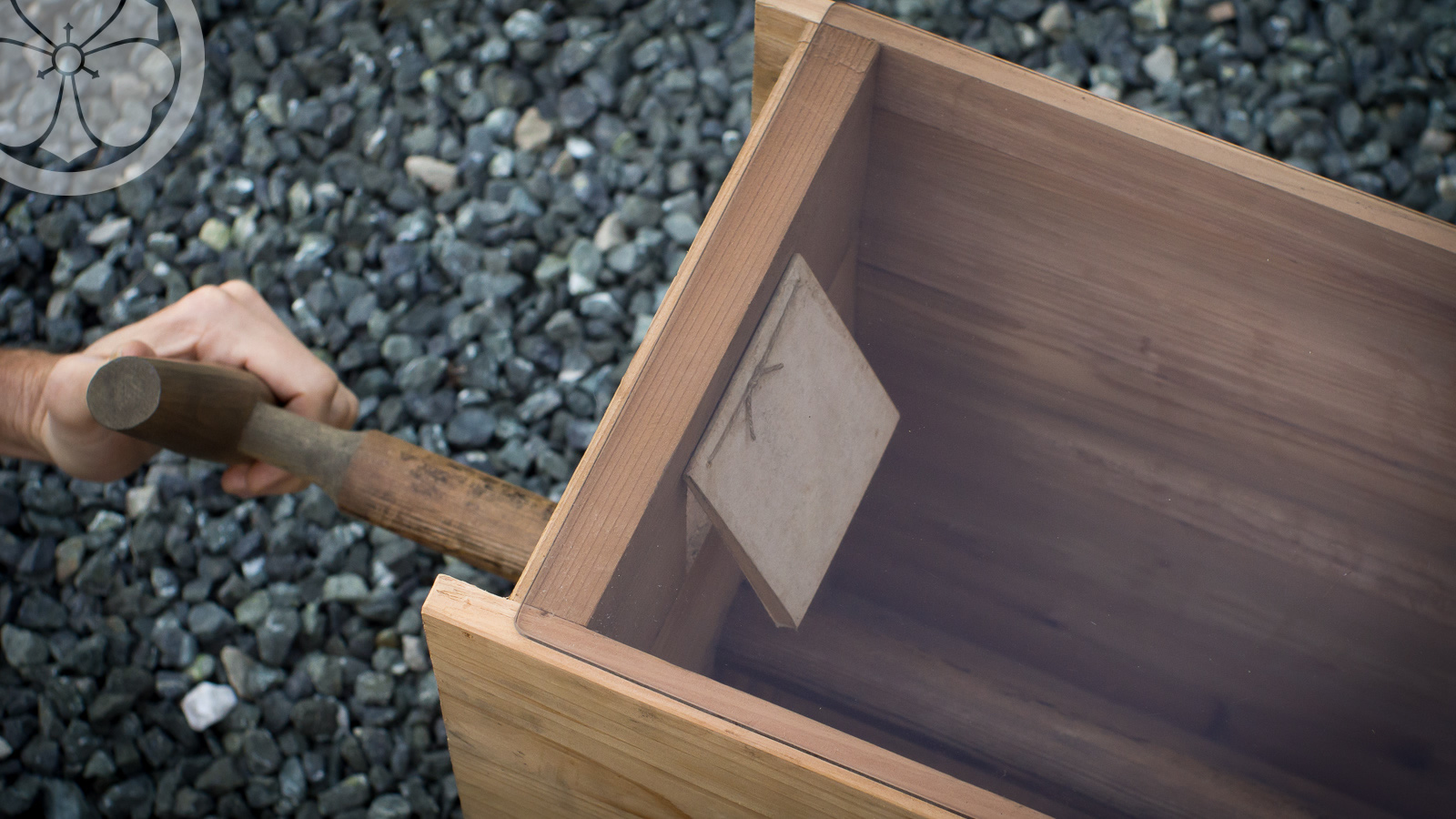
Glass Top Fuigo – Inside View of Box Bellows
A look at the inside operation of a prototype fuigo (鞴) box bellows…four wooden flap valves (called ben / は弁), two for intake and two for the manifold, control the direction and location of the airflow on each stroke of the piston to provide double action to the single output into the fire. more about…
-
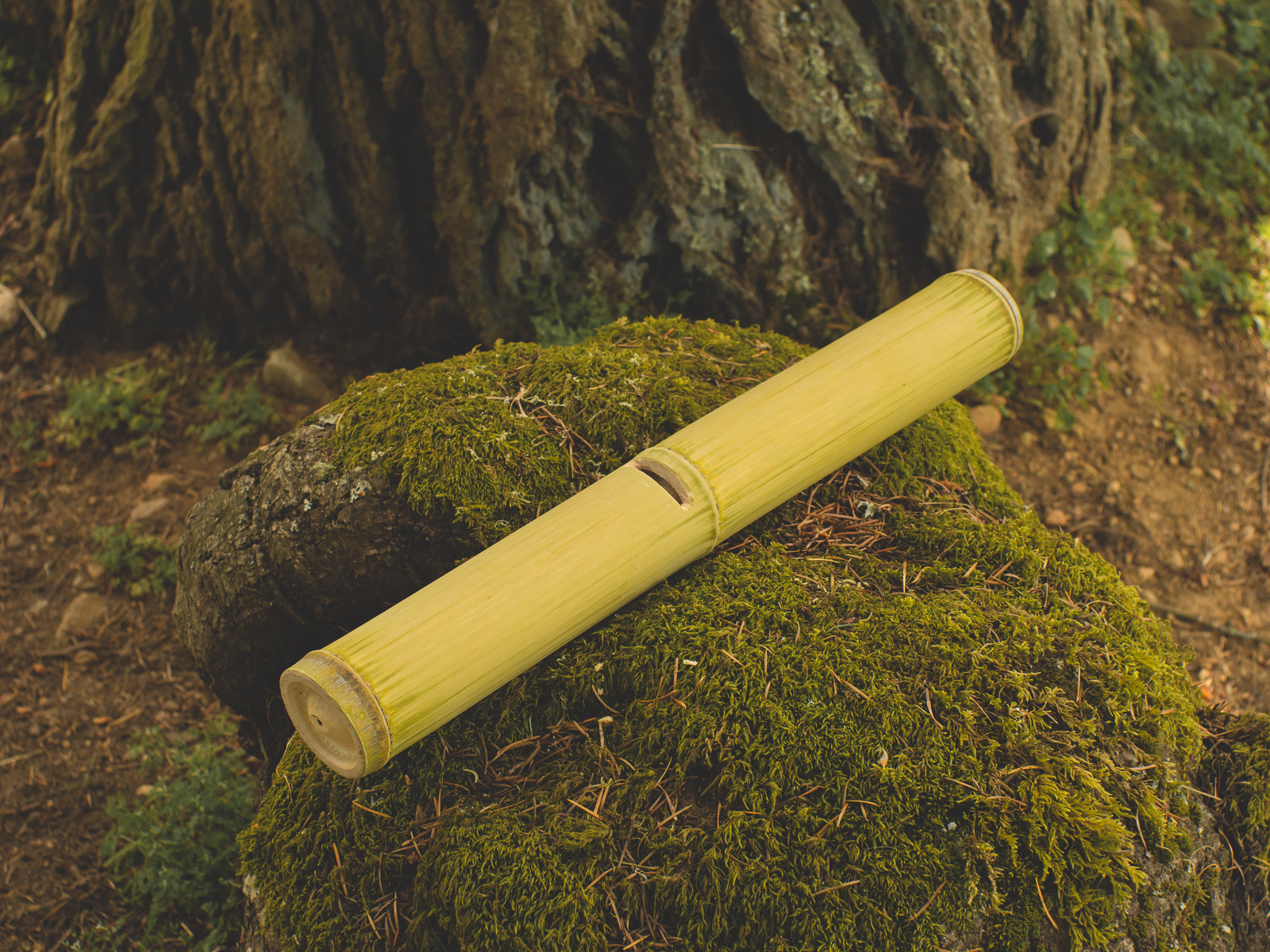
Making a Bamboo Scoop for Water Forging
Simple technology for pouring water on the anvil, takeno mizusashi (竹の水差し) made from a piece of bamboo. Forging with a thin film of water on the anvil and hammer prevents forge scale or oxide from being hammered into the surface of the steel. The hot steel instantly vaporizes the water and the resulting steam explosion…
-

Making a Kanna from a Reclaimed Chisel
A custom mameganna (small “bean” plane) such as might be used by furniture makers can be made fairly quickly from an old chisel. This type of kanna might be used for shaping saya or tsuka or for other small woodwork projects requiring a custom radius or access to tight spaces. Materials for the project are…
-
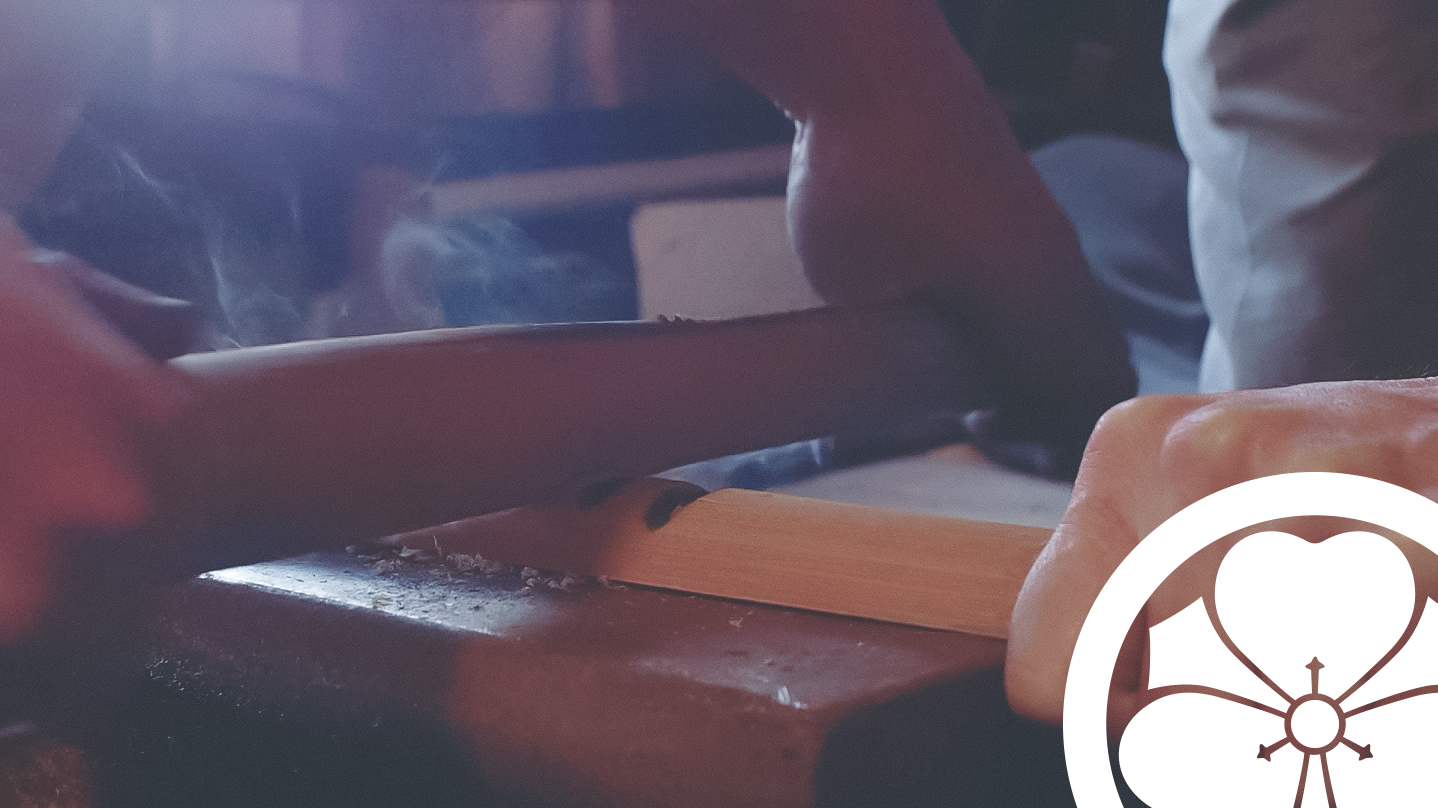
Making Fire with Bamboo – museum forge first lighting
The first night turned out to be quite an event as there were three forges and six blacksmiths/strikers operating in the museum workshop. Thanks to Tim of Reforged Ironworks, and Josh for their energy and charcoal chopping to get the forge up and running, and their assistance swinging the big sledges to finish drifting and…
